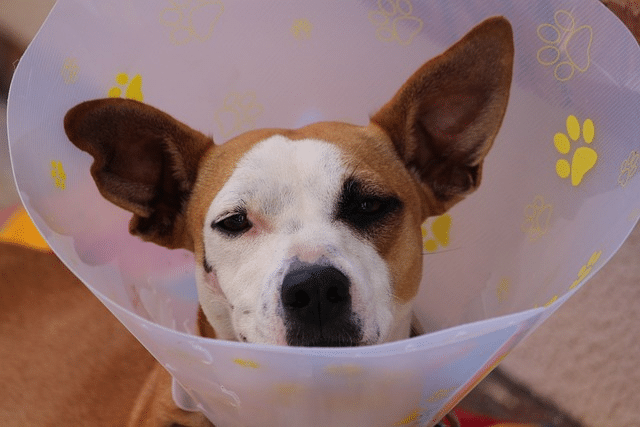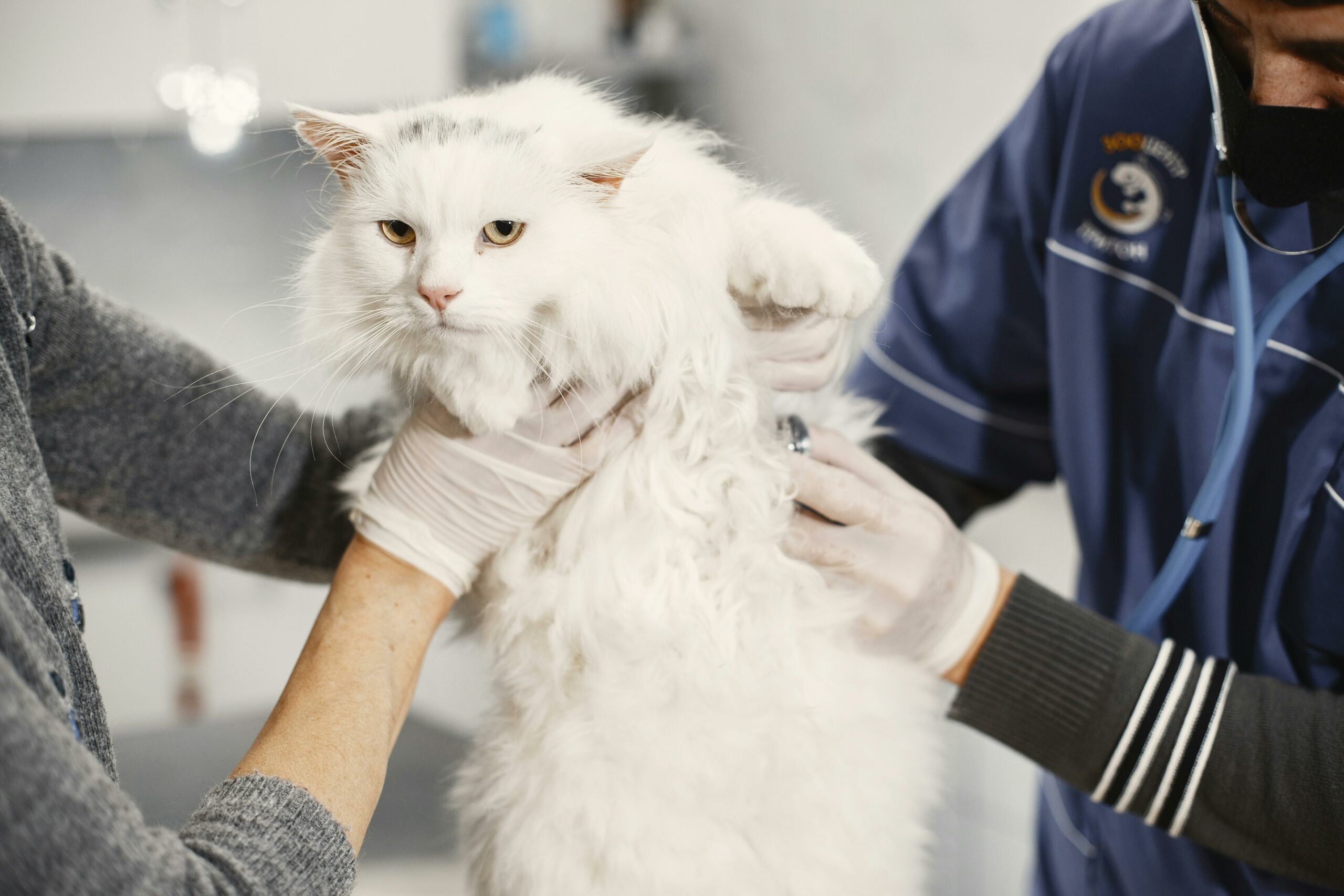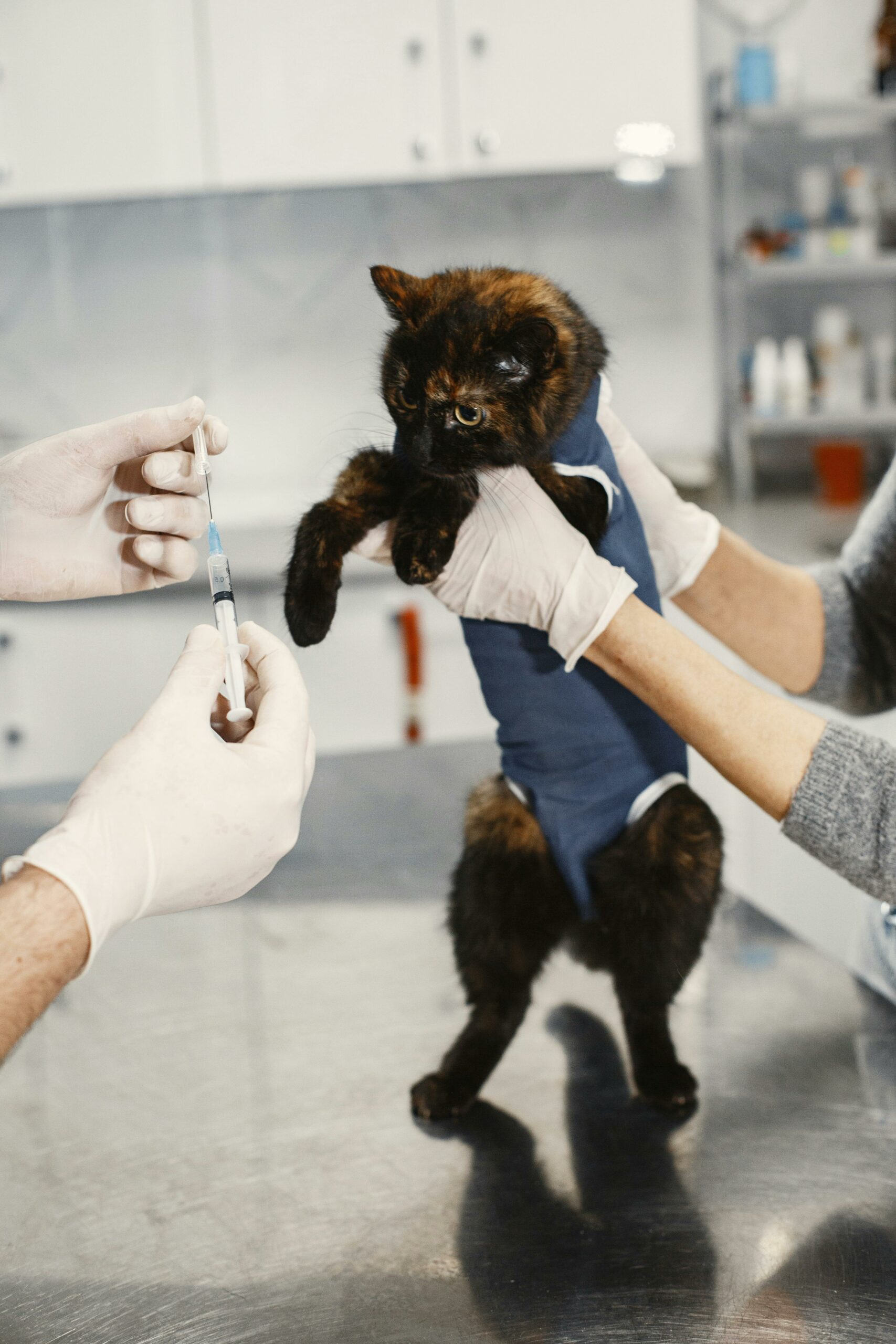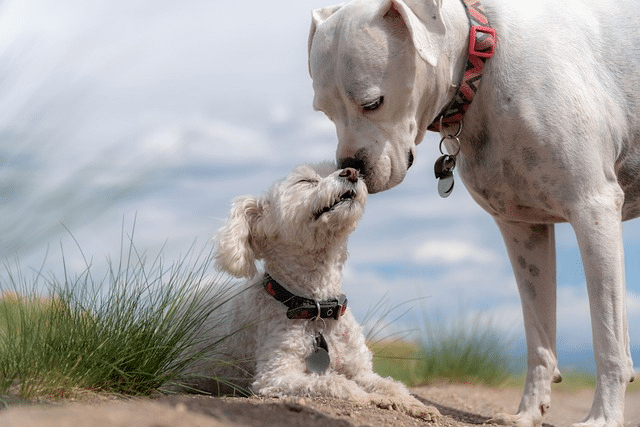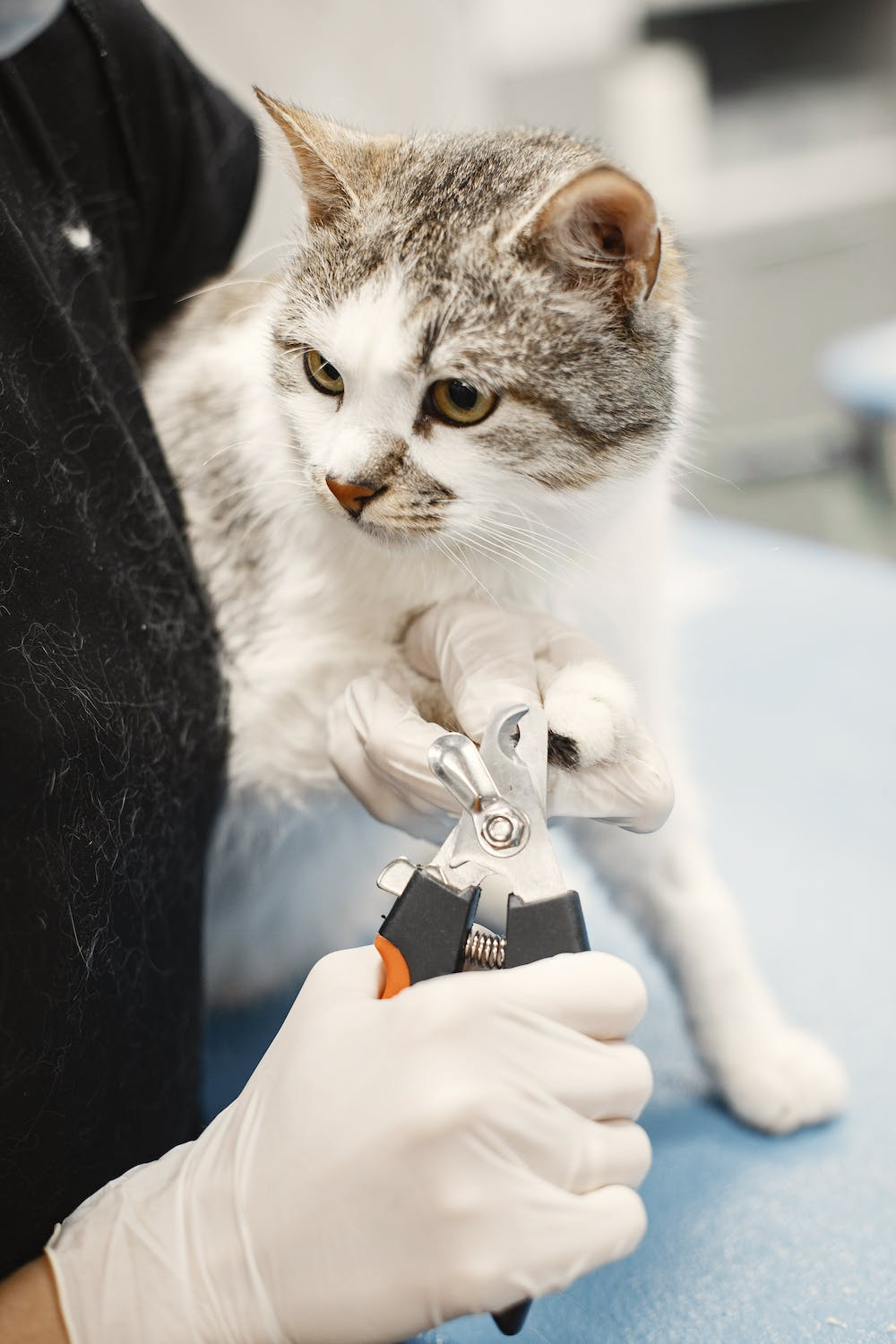One of the key responsibilities of every dog owner is to understand when their pet is going into heat. But how often do dogs go into heat? Knowing this information can help you make informed decisions when it comes to breeding or spaying/neutering them. As a responsible pet owner, it is essential to know how often your dog is in heat and what signs to look out for. In this article, we will discuss everything you need to know about a dog’s heat cycle.
A female dog in heat will generally go into heat twice a year, but this can differ based on breed and size. Smaller dogs may have more frequent heat cycles and may start their heat cycle earlier, while larger breeds may have a heat cycle that last longer. The estrus cycle is the reproductive cycle of female dogs, and it occurs every 6 to 12 months. The cycle is made up of four distinct stages: proestrus, estrus, diestrus, and anestrus.
During proestrus, the female dog’s reproductive cycle begins by releasing hormones that stimulate the ovaries, causing them to produce estrogen. This stage can last around 9 days and is characterized by a swollen vulva and you may notice some bloody discharge. The female is not yet ready to mate during this stage.
Estrus is the period when the female is ready to mate, and it lasts around 9 days. This is the optimal time for breeding, and you may notice your female dog attracting male dogs. It is important to note that not all females will show physical signs of estrus, and some may not be receptive to mating.
During diestrus, which lasts around 2 months, the female’s body starts to prepare for pregnancy. If mating has occurred, the fertilized egg will implant in the uterus, and the female will become pregnant. If not, the female’s body will return to its normal state, and the cycle will start again.
Finally, anestrus is the non-reproductive part of the cycle. It lasts around 3 to 4 months and is the period between heat cycles when the female’s body is in a resting state.
Why You Should Get Your Male Dog Fixed

As a dog owner, one of the most responsible things you can do for your furry friend is to get him neutered. However, there’s a common misconception that only female dogs need to be spayed. In reality, neutering your male dog can have numerous benefits for both him and you. In this below post, we’ll explore why you should get your male dog fixed and what you can expect from the process.
Reduces Aggression
Unneutered male dogs typically tend to be more aggressive towards other dogs, humans, and even inanimate objects. They also tend to be more territorial and may mark their territory by spraying urine in your house or yard. Getting your male dog fixed can significantly reduce aggressive tendencies and help him become more relaxed and friendly towards others.
Prevents Certain Health Issues
Neutering your male dog reduces the risk of prostate cancer and testicular cancer, two common health issues in male dogs. It can also help prevent your furry friend from developing urinary problems that can lead to infections and other complications. Furthermore, neutered dogs tend to live longer, healthier lives than unneutered dogs.
Mitigates Roaming Behavior
Unneutered male dogs are more likely to roam to find a mate, which can lead to dangerous situations for small dogs such as getting hit by a car or getting lost. When you get your male dog fixed, he’ll be less likely to exhibit wandering tendencies and will be more content staying home.
Saves Money
While the initial cost of getting your male dog neutered may seem daunting, it can actually save you money in the long run. Unneutered male dogs are more likely to get into fights and cause injuries that can lead to expensive veterinary bills. Additionally, avoiding unplanned litters and unwanted pregnancy can save you money on food, healthcare, and other expenses associated with raising puppies.
Better On-Going Training
Because neutered dogs are more relaxed and less aggressive, they tend to be easier to train. You’ll find that your furry friend is more receptive to new commands and less likely to exhibit undesirable behaviors such as excessive barking or biting.
Neutering your male dog is an important decision that can have long-lasting benefits for both your pooch and your family. By reducing aggressive behaviors, preventing certain health issues, mitigating roaming behavior, and saving you money, neutering may be one of the best investments you can make in your dog’s future. If you haven’t already considered getting your male dog fixed, we highly recommend doing so as soon as possible. Not only will it give you peace of mind, but it will also help improve your dog’s quality of life.
Why You Should Get Your Female Dog Fixed

As a dog owner, it’s essential to consider certain decisions for your puppy’s wellbeing. One of the crucial decisions is to spay or neuter your dog. Although it is a popular option for male dogs, many dog owners wonder whether they should spay their female dogs. Spaying refers to the procedure of removing a female dog’s genitals – ovaries and/or uterus – to prevent breeding and reproduction. Below we will discuss why you should get your female dog fixed and the benefits of spaying your female dog.
Health Benefits
Spaying provides many health benefits for dogs. Spaying can decrease the risks of various health issues, including uterine infections and breast tumors. Unspayed female dogs have a higher risk of developing pyometra, a severe bacterial infection that affects the uterus. Pyometra can quickly become life-threatening and requires immediate surgery. By spaying your female dog, you can prevent these health issues, ensuring that your dog lives a longer and healthier life.
Control Unwanted Behaviors
Female dogs in heat are likely to display unwanted behaviors, such as aggression, excessive barking, or attempting to escape their space. Spaying your female dog can help decrease these behaviors. Once a female dog is spayed, she will not go into heat and will less likely to exhibit unwanted behaviors.
Reduce the Overpopulation of Dogs
Millions of unwanted dogs in shelters are euthanized each year because they do not find permanent homes. By spaying your female dog, you can help decrease the number of unwanted litters. It can also help reduce the overpopulation of dogs, providing a more humane society for them.
Financial Benefits
Breeding an unspayed female dog can be expensive. The cost of raising a litter can add up to thousands of dollars, including vet visits, food, and other expenses. Spaying your female dog can save you money and allow you to spend it on other areas of your dog’s care.
Prevent Uterine Cancer
Unspayed female dogs have a higher risk of developing uterine cancer as compared to those who are spayed. This type of cancer can spread rapidly and is difficult to treat. By spaying your female dog, you can prevent this type of cancer and ensure your dog’s health and wellbeing.
The Health Issues That Could Arise If You Don’t Get Your Dog Fixed
Below, we’ll explore the potential health issues that could arise if you don’t get your dog fixed, and why it’s so important to take action.
- Increased risk of mammary tumors in female dogs. According to the American Veterinary Medical Association, female dogs that are not spayed before their first heat cycle have a seven times higher risk of developing mammary tumors than those that are spayed. Additionally, if the dog is spayed before their first heat cycle, their risk of developing mammary tumors is almost zero. Therefore, spaying your female dog is a crucial step in preventing this type of cancer.
- Increased likelihood of testicular cancer. When male dogs are not neutered, the risk of testicular cancer increases drastically, and unfortunately, it can spread to other organs in the body if left untreated. This type of cancer can be fatal; that’s why preventing it by getting your dog fixed is essential. It’s better to have your male dog neutered before the age of six months.
- More likely to develop behavior issues that stem from their natural instinct to mate. They tend to be more aggressive and territorial, making them more prone to getting into fights with other dogs or even humans. This aggression can lead to severe consequences such as injuries to other dogs or people, lawsuits, and fines. Therefore, neutering your male dog can help regulate their behavior and make them more docile and easier to manage.
Lastly, it’s essential to note that having your dog fixed can prevent certain health issues as they age. Spayed dogs are less likely to develop certain types of cancers, such as uterine or ovarian cancers, while neutered dogs are less likely to develop prostate cancer or other related issues. Additionally, experts suggest that spayed and neutered dogs tend to live longer and healthier lives than their unaltered counterparts.
As a responsible pet owner, understanding your dog’s reproductive cycle and when they go into heat is vital. Knowing when your dog is in heat can help you make informed decisions, such as whether to spay or neuter, or whether to mate your dog. Remember that not all dogs show physical signs of being in heat, so it’s essential to monitor your pet’s behavior and pay attention to any changes. By understanding your dog’s reproductive system and the typical dog heat cycle, you can help keep your pet healthy and happy for years to come.
If you have any questions about your dog’s heat cycle or any questions about whether you should spay or neuter your dog, someone here at Sirius Veterinary Care will gladly talk you through and answer any questions you still may have!






